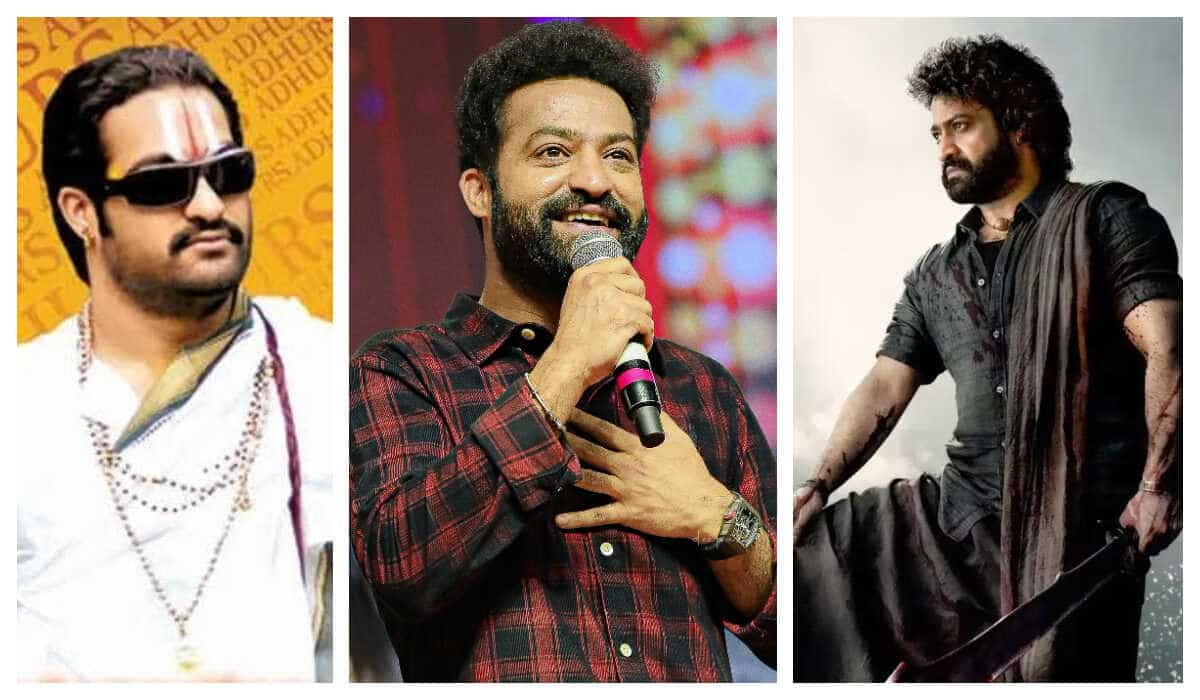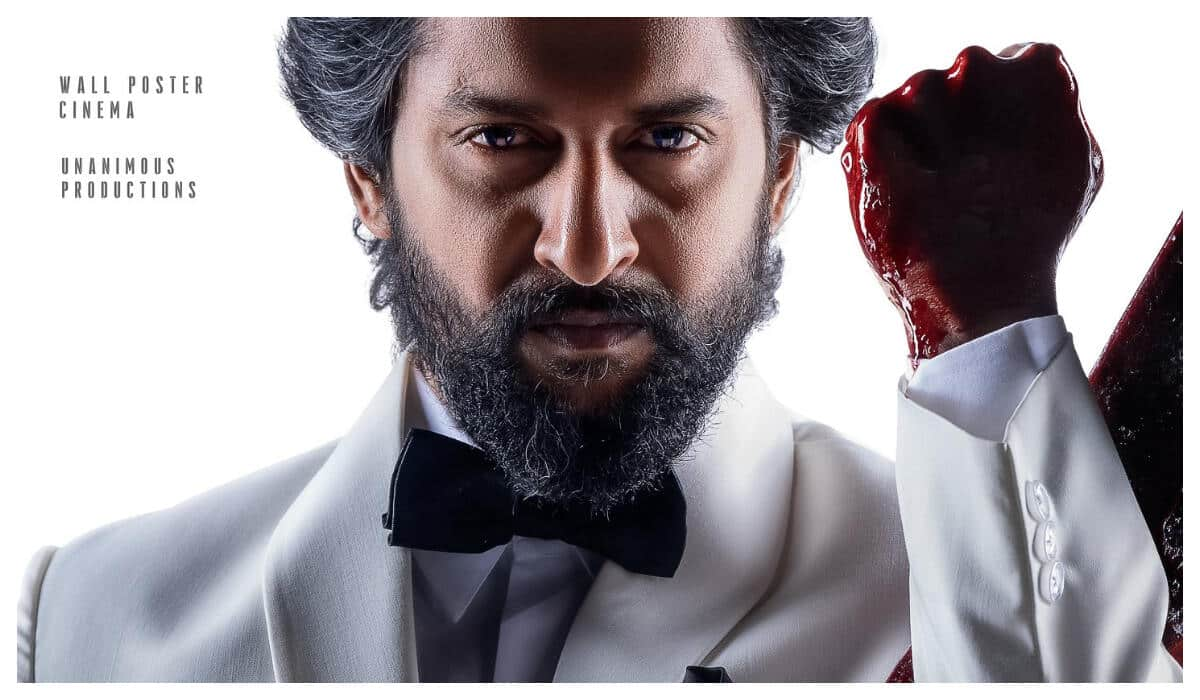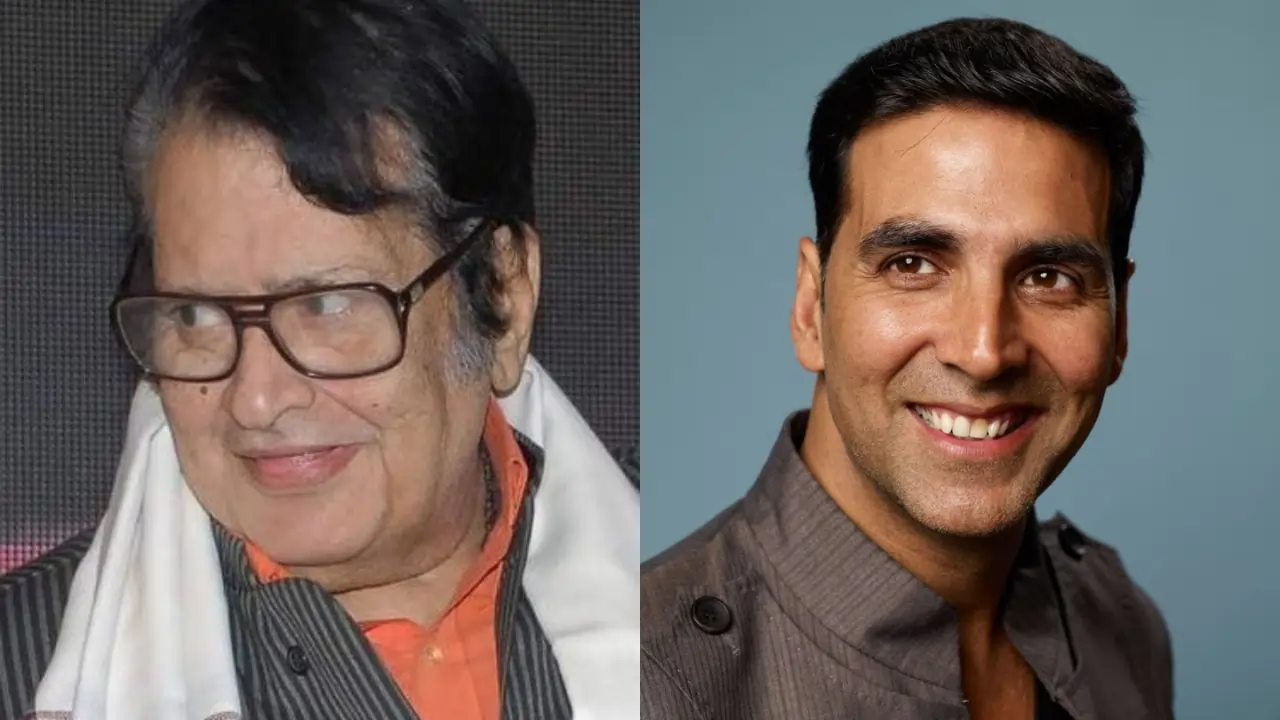
These desi designers are more famous abroad than at home. How come?
4 months ago | 5 Views
Here’s what fashion magazines aren’t telling you. Outside of the glossy world triangulated by Gaurav Gupta, Sabyasachi and Tarun Tahiliani, Indian fashion looks different on foreign shores. Smaller designers, relatively unknown in India, are in demand as far away as Russia, Spain, the UAE and the UK. They’re making luxe, sustainable dresses and jackets; chic hoodies and streetwear; and exquisite, customised wedding gowns for fussy brides. There’s unlearning on both sides – foreign clients are seeing India differently, the designers are learning what really works abroad. A look behind the seams.

Shafaque Ali, 29Shafaque
The Mumbai label is only a year old and doesn’t retail on Indian platforms yet. But it’s already been to Moscow, Madrid and Paris, and will soon be in NYC. Ali does contemporary European classics, using Indian craftsmanship and modern, sustainable practices. Think backless blazer dresses made from indigo-dyed khadi, muga silk gowns with detachable trains, or halter-neck crop-tops in Maheshwari silk.
Ali earned her Master’s degree from Polimoda Institute in Florence, Italy, and previously worked at Hugo Boss in New York. “My main target is international audiences who appreciate craft-forward designs,” she says. These are buyers who like classic items that they can layer for different seasons, style for the day and evening, and use for years. They also value environmentally and socially responsible fashion.
And, as Ali is learning, they’re willing to pay for quality. Ali’s collection is stocked at the upmarket French department store chain Galeries Lafayette. “We thought we’d price them between 400 and 500 euros, and did a quick survey on the floor without giving away the country or the designer,” she recalls. “People said the outfits looked contemporary, chic and premium. The fabrics felt rich. They said they’d pay 1,000 to 1,500 euros for them. It changed my perspective, because we undervalue ourselves as Indians.”
Her website is her calling card, so instead of flooding it with new collections and flash sales, Ali goes simple and steady. There are detailed product descriptions (down to the region and community for the fabrics) and clear visuals. “To be able to sell in, say, France, it’s essential that the clothes look like they fit in. But it’s tricky,” Ali says. “Colour palettes differ so much within a country – in the south of France, even the pastels and metallics are muted. In Paris, the colours are deeper but softer – the red is terracotta, not a deep Indian red.”
Alongside, there’s the idea of India that has to be dismantled abroad. Europeans tend to view Indian design as either embellished lehengas, flashy red-carpet gowns or what Ali calls “loose salwar-kameez silhouettes”. So, when Ali’s model, dressed a short, purple, khadi dress and styled in knee-high boots and a beret, was shooting at the Eiffel Tower a few weeks ago, local onlookers stopped to check them out. “They loved the fabric and were pleasantly surprised that the brand was Indian.”
Shafaque.com

Leon Vaz, 38Karleo Studio
Indian craftspeople have been dolling up brides in exquisite saris and lehengas for years. They’ve worked on pieces for designer houses such as Valentino and Oscar de la Renta. Why wouldn’t they ace the white-wedding and evening-gown market too?
Leon Vaz and Karan Berry, 42, set up their label in Mumbai, in 2012. “Early on, we got to work with Indian business tycoons in the UAE,” Vaz says. Word spread that Indian studios were a better bet than big brands such as Zuhair Murad and Elie Saab. “Most brides come to us because the bigger firms don’t pamper them enough. Women have to queue up to get appointments, rarely have their preferences considered, and are often bodyshamed,” Vaz says. “Pampering, and accommodating every stitch and bead is the very idea of luxury, and we understand that in India.”
A UAE stylist serves as an agent, building the initial (and essential) trust between a Dubai or Abu Dhabi bride-to-be and her couturier in India. Brides send across their dream design, get leeway to change their minds and put a trendy spin on their idea. Moodboards, swatches and sketches get shipped across. Once approved, the studio makes a mock-up of the gown in a cheaper fabric and sends it over for a fitting. It’s only once final tweaks are made, that Vaz and Berry’s team start making the actual garment.
Much can get lost in translation, even on a video call. So Karleo Studio focuses as much on communication as design. “Bridal gowns means dealing with brides. And that calls for being great listeners,” Vaz says. “Each garment we create also has a personality of its own.”
It’s a three-month process, but the outfit costs “on average, one-third less” than the versions by the big designers. “We also provide styling, accessory, hair and make-up suggestions. International clients love that we think of the whole look.”
As always, logistics are a challenge. Shipping costs are high for single garments. And Vaz has to battle the perception of India as a place for rock-bottom pricing. “I’d like the world to see India in a different light with our creations,” he says.
Karleo.com

Shubh GoyalFierce London
India isn’t a thriving market for luxury streetwear. So, where does Goyal sell his year-old firm’s monogrammed baseball caps; faux fur, vegan leather mules; and fleece-lined, leather-effect hoodies made from heavyweight cotton? “We knew from the start that our designs would resonate with an international audience that appreciates bold, limited-edition pieces,” he says.
The brand presented in the UK during London Fashion Week this year, promotes itself on social media (@fierce.london), and sells online (prices range from £140 to £1100). “There was a lot of trial-and-error,” Goyal admits, referring to which styles work, how seasonal launches should be timed, and analysing what created a buzz and what didn’t. So, they’re building their brand the old-fashioned way: Tracking customer data and listening to feedback from browsers and buyers. “Ultimately, we zeroed in on an audience that values luxury streetwear with an edge,” he says. “More than design, we quickly learnt that it’s also about exclusivity. Driving demand through scarcity became the cornerstone of our strategy.”
The brand caters to global tastes (most items are made in black, off-white, browns, with very little patterning). “But the customisation options also allow us to cater to individual tastes,” he says. The challenge: Producing the same level of quality, collection after collection; and dealing with customs and shipping delays.





















